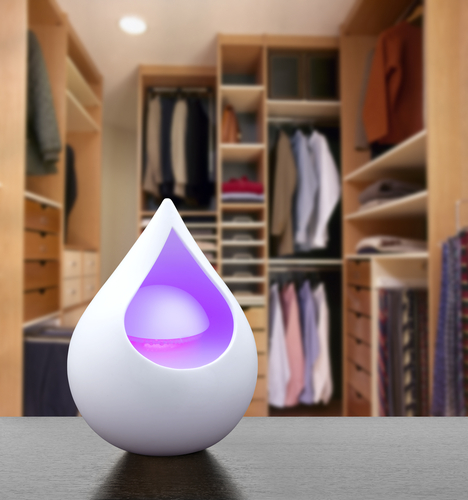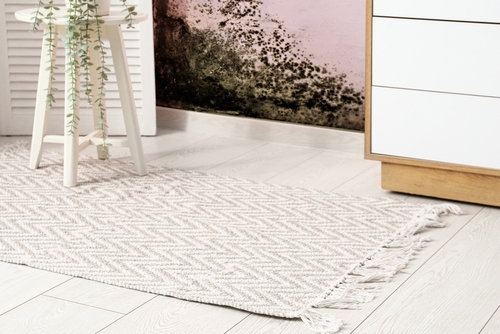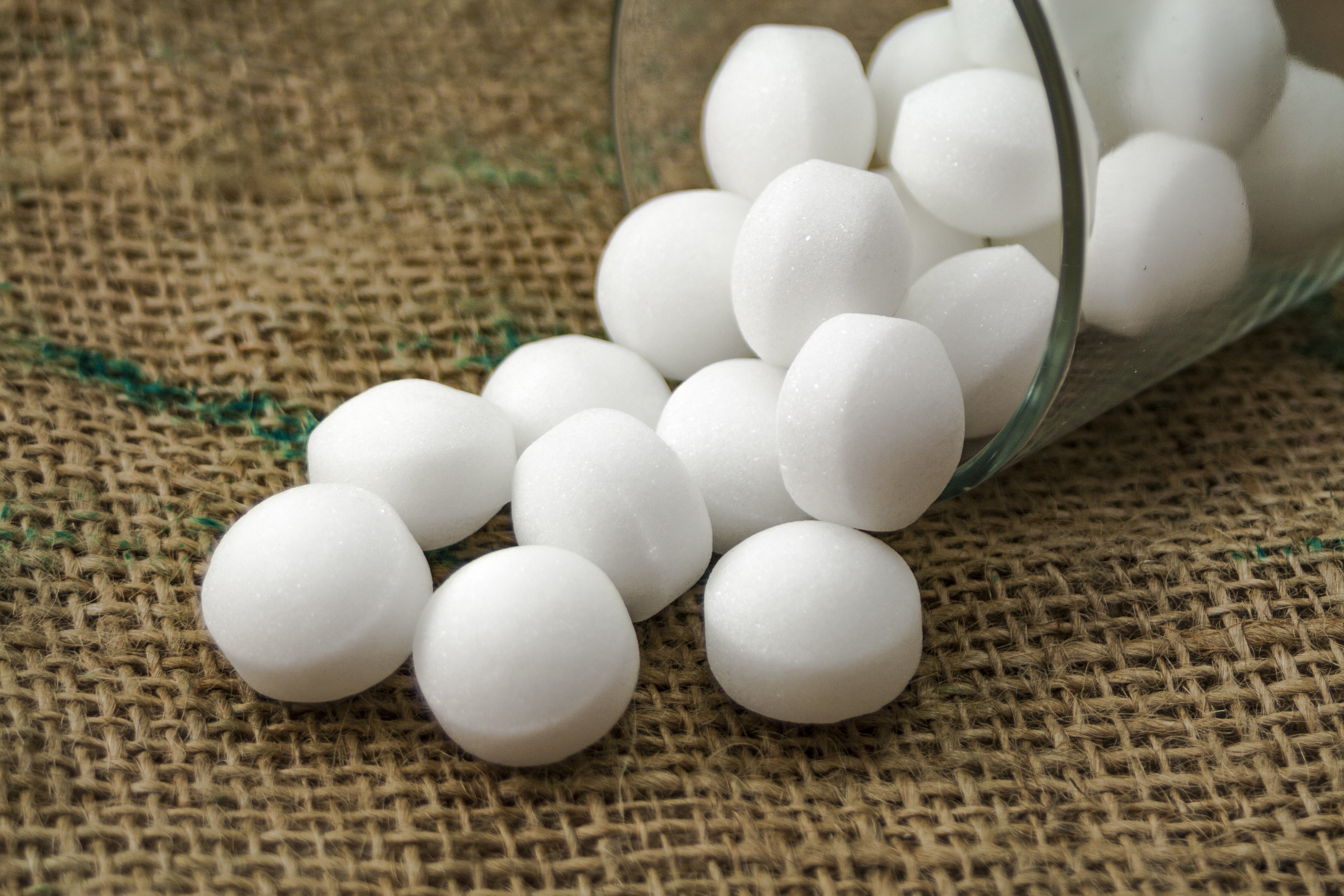Damp cupboards can be a homeowner’s worst nightmare, leading to mold and mildew growth that can damage clothing, books, and other valuables.
Fitted wardrobes and cupboards can trap moisture, especially if they are up against the external wall. This leads to mould and mildew, which is not only unhealthy and unsightly but can also ruin the contents of your cupboard. Bacteria can grow in dark and damp places and can be the cause of disease in your home.
So how can you prevent dampness in your cupboards? Follow these simple tricks and make sure that your home is mould-free:
Start by cutting off any external sources of moisture. Check to ensure that there is no water seepage from the walls, roof or floor. If there is a bathroom on the floor above that is not adequately waterproofed, there could be seepage through the roof that is making the walls of your cupboard wet. A crack in the wall could lead to rainwater coming in. Unless you solve the root cause of the problem, you cannot find a solution.
If there is any mould or mildew that is already growing in your closets, you can clean it with a solution of 50:50 water and vinegar. Pour some concentrated vinegar on the surface to kill hidden spores and leave it to dry. Once all the surfaces are clean, wipe down with water and dry it out completely.
Mould in bathrooms can be removed using bleach and disinfectant. Be careful to read the instructions and use it as appropriate on surfaces like wood or marble. Bleach is a potent substance, even when diluted, and could cause damage to the finish.
Every once in a while, you could leave the shutters open to air out the contents of the cupboards. Do not pack things too tightly, and make sure there is room for air to circulate. The lack of adequate ventilation can contribute to the growth of mould.
Especially in the shoe cabinet, it’s a good idea to have louvres on the shutters as footwear does tend to be damp and can get smelly. Also, consider louvred shutters for the cabinet where you have stored the gas cylinder.
Every once in a while, you should de-clutter your wardrobes and throw out anything that is not in use. Wipe off any dust and shake out anything that hasn’t been used in a while.
Use lining paper on the shelves; it will serve as the first control of humidity inside a closed space. You can use absorbent paper rolls or newspapers as well. Alternately, you could use plastic liners that can be washed and reused.

Reduce the moisture level in your home to prevent damp conditions; you can keep air circulating by opening doors and windows and allowing some cross-ventilation to occur. Let sunlight stream in through the windows at least once a day. Sunlight is a natural disinfectant and will dry all the surfaces. Remember to keep the exhaust fans running when you have a bath or when you are cooking in the kitchen. Bathroom ventilators should be kept open to let in the fresh air.


Remove rugs or mats from the bathroom, foyer, balconies and any other spaces that are likely to get wet. While these mats are drying, they will cause the humidity of the rooms to increase.
Before hanging any clothes in the cupboard, make sure they are completely dry. Dampness tends to get transferred to other things within a closed space. Shoes must be aired out before storing behind closed shutters. In the rainy season, never hang up wet raincoats or umbrella inside a cabinet. Your kitchen pantry too must contain only dry groceries. If any liquids spill, wipe at once and dry out the shelves completely.

Silica gel packets or charcoal bricks wrapped in muslin cloth can absorb moisture and reduce any incidence of dampness inside your cupboards. Mothballs or naphthalene balls are also good at lowering humidity levels and are known to prevent the formation of mould and mildew. However, some studies have shown that certain chemicals in mothballs have been found to be toxic and cause health disturbances through prolonged contact. So make sure that you use these with caution. Camphor balls are a good alternative for mothballs. Dried neem leaves are also known to be a natural desiccant. Whatever you may use, replace the packets regularly as they will lose their effectiveness over time.
What are your suggestions to keep the dampness out of your cupboards? Do share with our readers in the comments below.
Dampness in homes can be a real nuisance and can even lead to health problems if left unchecked. Recognising the source of the dampness is important, as you should understand the root cause before being able to find a permanent solution for addressing it effectively.
Here are the main causes of dampness:
Daily activities: Many of our daily activities, like cooking, showering, and drying clothes all release moisture into the air. In poorly ventilated spaces, this moisture can condense on walls and ceilings, leading to dampness.
Leaking plumbing: The most common culprit is leaky plumbing. Pipes made of GI can corrode, leaking water into the surroundings. Faulty pipes behind walls, under floors, or around fixtures can contribute significantly to dampness.
Penetrating damp: Walls or roofs that are not adequately waterproofed will result in penetrating dampness from outside. Rainwater seeping through cracks in walls, roofs, or around windows and doors can also be a cause of dampness.
Rising damp: In older buildings lacking a damp-proof course (DPC) or where the DPC is compromised, ground moisture can rise through walls, causing dampness on the floor or at lower levels of the walls.
Poor ventilation: Inadequate ventilation traps moisture inside your home, preventing it from escaping and promoting condensation. This also results in damp conditions.
Blocked vents: In air-conditioned homes, blocked air vents can prevent proper air circulation and contribute to dampness.
Condensation on cold surfaces: When warm, humid air encounters a colder surface (like an uninsulated wall), it condenses, leading to dampness. This is not very common in most places in India, but is a factor in colder hill stations and homes in other countries.
External factors: Blocked gutters, overflowing drains, and high ground levels surrounding the property can also contribute to dampness issues inside your house.
By understanding these potential causes of dampness, you will be better equipped to identify the source of dampness in your home and take appropriate action to address it.
Reduce the moisture level in your home to prevent damp conditions; you can keep air circulating by opening doors and windows and allowing some cross-ventilation to occur. A wardrobe air purifier will keep humidity levels low within the wardrobe. Let sunlight stream in through the windows at least once a day. Sunlight is a natural disinfectant and will dry all the surfaces. Remember to keep the exhaust fans running when you have a bath or when you are cooking in the kitchen. Bathroom ventilators should be kept open to let in the fresh air.
Popular Services
Modular Kitchen Designs | Home Interior Designs | Wardrobe Designs | Living Room Designs | Bathroom Designs | Space Saving Furniture | Home Office Designs | Pooja Room designs | Foyer Interior Design | Kids Bedroom Design | Interior Lighting Design |False Ceiling | Home Wallpaper | Furniture Design
Popular Locations
Modular Kitchen In Ahmedabad | Modular Kitchen In Mumbai | Wardrobe Designs In Chennai | Wardrobe Designs In Delhi| Interior Design In Mumbai | Interior Design In Delhi
Popular Blogs
Party Ideas for Holi | Assam Type House Design | Pop Designs for Bedroom | Window Grill Design | Plinth Area | MDF Vs Particle Board | Wall Colour Combinations | Vastu Shastra Colors For Living Room | Classical Interior Design | Wardrobe Dimensions | Parapet Design | How To Prevent Dust In Room | Types Of Kitchen | Wall Panel Design | Small Modular Kitchen | Pooja Room Design| HDF Wood | French Door Design | Bedroom Wardrobe | Solid Wood Vs Engineered Wood | Athangudi Tiles

 EXPLORE MORE
EXPLORE MOREExplore This Vibrant Bangalore Home That Revels in the Interplay of Patterns and Textures!
This Stunning Chennai Home Channels Nuanced Character and Tonality
Step Into This Minimal Chennai Home, and Get Wrapped in Comfort!
This Compact Chennai Apartment Is an Ode to Smart Design and Functionality!
 EXPLORE MORE
EXPLORE MOREExplore This Vibrant Bangalore Home That Revels in the Interplay of Patterns and Textures!
This Stunning Chennai Home Channels Nuanced Character and Tonality
Step Into This Minimal Chennai Home, and Get Wrapped in Comfort!
This Compact Chennai Apartment Is an Ode to Smart Design and Functionality!
By submitting this form, you agree to the privacy policy and terms of use